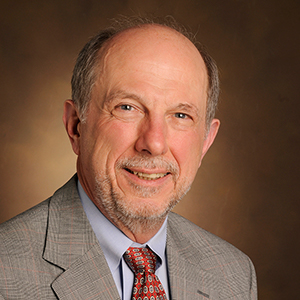Bonding over biochemistry
How did I become a biochemist? I was not one of those kids who played with a chemistry set or dissected frogs. But I did like chemistry. I spent the summer after my sophomore year of college in Harry Broquist’s lab at the University of Illinois, and since then I never have wanted to be anything else.
Chemistry was so cool when applied to life. I got my Ph.D. and tried to become a complete biochemist, mastering a number of areas. After starting my own lab as an enzymologist in the biochemistry department at Vanderbilt University, I joined the American Society for Biological Chemistry (now the American Society for Biochemistry and Molecular Biology) in 1978. At that time, membership was pretty selective, but I had a couple of JBC papers published on my own and got in.
The ASBMB sponsors many activities that are important to biochemists and to the scientific community as a whole. One of the most important is scientific publishing.
The Journal of Biological Chemistry, founded in 1905, actually predates the ASBMB by a year. I was privileged to serve as a JBC editorial board member for 18 years. I remember my first day on the board — three manuscripts for review (all from different associate editors) arrived in the mail (yes, they came by mail then, always in recognizable green and white envelopes). Since 2006, I have been an associate editor, and I’ve served twice as interim editor-in-chief.
Why would anyone want to do these things? It has been rewarding to be a part of a journal that has published so many seminal papers and continues to be a leader in scientific publication. The emphasis is always on quality. JBC was the first journal in the field to go electronic and also has been a leader with its emphasis on data integrity, which I became very involved in. I still get excited about publishing my own papers in JBC (and my lab has also published in Molecular & Cellular Proteomics and the Journal of Lipid Research, the other two ASBMB journals).
I also had the honor of working with and knowing Herbert Tabor, who served as editor-in-chief of JBC for almost 40 years and gave so much to the journal and the society. Knowing biochemists like Herb is priceless.
I have gone to most of the ASBMB annual meetings. It is great to meet old friends — and make new ones. Our lab at Vanderbilt is called the Dogs — just like some athletic teams — and I always try to organize a “Dog Dinner” of our alumni who are at the meeting and those living in the area. I think of my lab as a fraternity that people spend some time in and always remember — you can check out but never really leave. Indeed, I could extend that analogy to the whole field of biochemistry.
I’ve been privileged to meet and work with many fine people, including the staff at the ASBMB. I doubt if many people outside the ASBMB staff know this, but about a dozen of my large landscape and nature photographs hang on the walls in their office. I am grateful that I could in some way help pay them back for all of their efforts, providing something to brighten a day now and then. If you ever get to the office, check them out.
Biochemistry is great because if you learn and understand it, you can apply it to almost any kind of science — I’ve done that in pharmacology, toxicology, endocrinology and other things. It all comes back to knowing biochemistry. I was elated to be named an ASBMB fellow last year, and every biochemist or other biochemically minded scientist should be an ASBMB member and be involved in its programs. It’s great to bond with other biochemists.
Enjoy reading ASBMB Today?
Become a member to receive the print edition four times a year and the digital edition monthly.
Learn moreGet the latest from ASBMB Today
Enter your email address, and we’ll send you a weekly email with recent articles, interviews and more.
Latest in Opinions
Opinions highlights or most popular articles
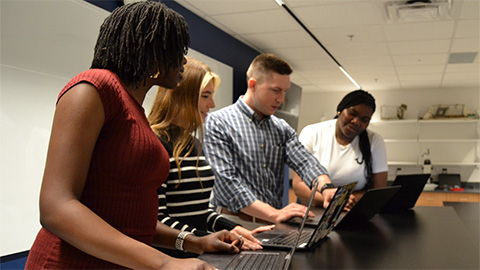
Debugging my code and teaching with ChatGPT
AI tools like ChatGPT have changed the way an assistant professor teaches and does research. But, he asserts that real growth still comes from struggle, and educators must help students use AI wisely — as scaffolds, not shortcuts.

AI in the lab: The power of smarter questions
An assistant professor discusses AI's evolution from a buzzword to a trusted research partner. It helps streamline reviews, troubleshoot code, save time and spark ideas, but its success relies on combining AI with expertise and critical thinking.
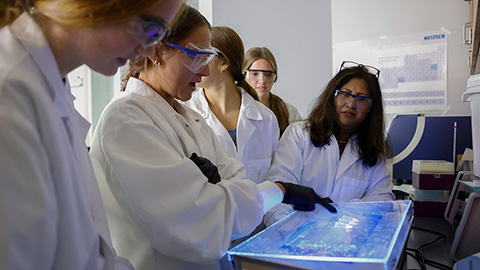
How AlphaFold transformed my classroom into a research lab
A high school science teacher reflects on how AI-integrated technologies help her students ponder realistic research questions with hands-on learning.
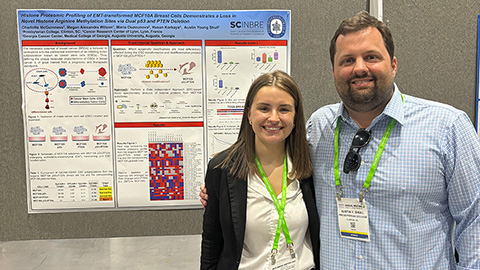
Writing with AI turns chaos into clarity
Associate professor shares how generative AI, used as a creative whiteboard, helps scientists refine ideas, structure complexity and sharpen clarity — transforming the messy process of discovery into compelling science writing.
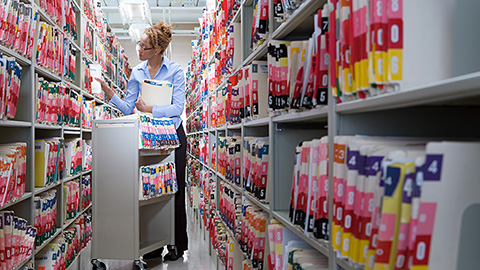
Teaching AI to listen
A computational medicine graduate student reflects on building natural language processing tools that extract meaning from messy clinical notes — transforming how we identify genetic risk while redefining what it means to listen in science.
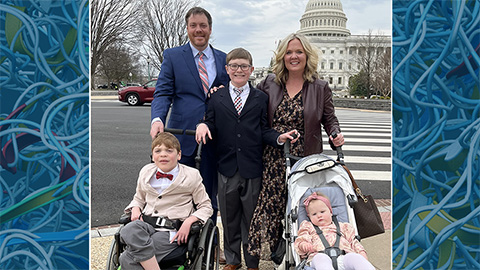
What’s in a diagnosis?
When Jessica Foglio’s son Ben was first diagnosed with cerebral palsy, the label didn’t feel right. Whole exome sequencing revealed a rare disorder called Salla disease. Now Jessica is building community and driving research for answers.

